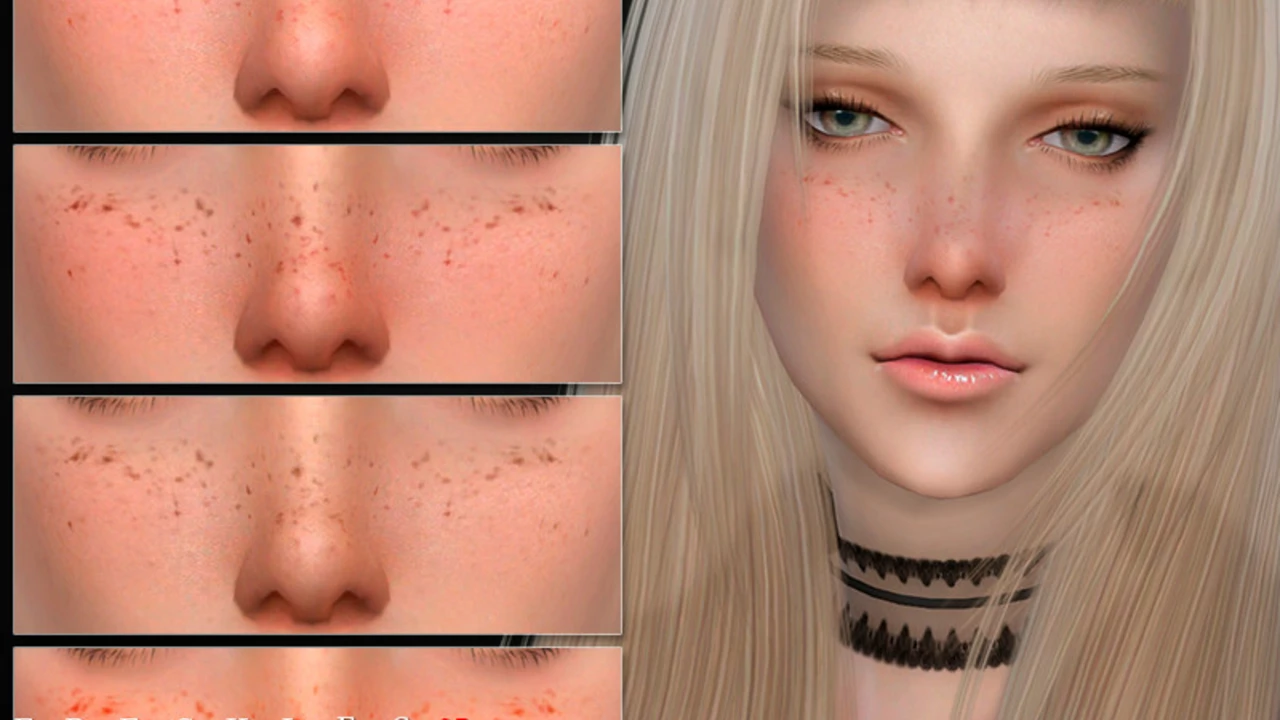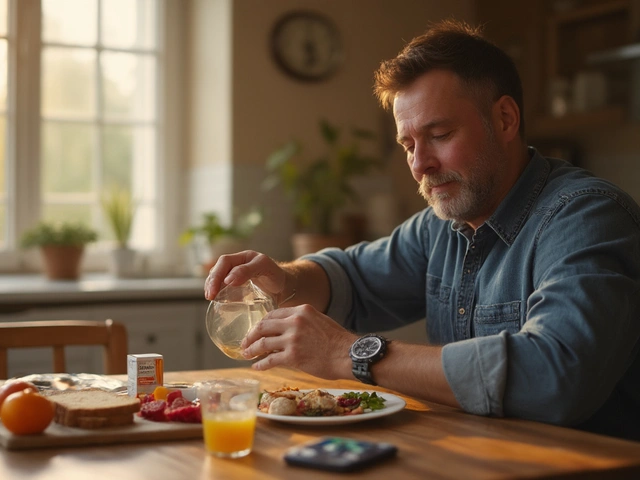How to Use Naloxone Nasal Spray for Opioid Overdose: Step-by-Step Guide
November 14 2025Freckles: What They Are and How to Deal With Them
If you’ve ever noticed tiny brown dots on your nose, cheeks, or arms, you’re looking at freckles. They’re just small patches of pigment that show up when melanin builds up in a spot on the skin. Most people get them because their skin reacts strongly to UV light, but genetics also play a big role.
Freckles are harmless— they don’t turn into cancer or cause pain. The real issue for many is how they look and whether they fit your style. Some folks love the natural speckle look; others want to fade them out or cover them up. Either way, understanding why they appear helps you choose the right routine.
Why Do Freckles Form?
The main driver is sun exposure. UV rays trigger melanocytes (the cells that make pigment) to dump extra melanin in tiny areas. If your skin type is fair or you have a family history of freckles, you’ll see them pop up faster. Even on cloudy days the UV light can reach your skin, so it’s not just beach time you need to worry about.
Hormones can also influence freckle growth. Pregnancy, birth control pills, or certain medications that increase sun sensitivity may make existing freckles darker or cause new ones. That’s why a sudden change in the number or shade of spots might be worth a chat with your doctor.
Practical Tips for Managing Freckles
Sun protection is non‑negotiable. Use a broad‑spectrum SPF 30 or higher every day, even when you’re indoors. Reapply after swimming or sweating. Hats, sunglasses, and UPF clothing add extra layers of defense.
If you want to lighten freckles, over‑the‑counter products with ingredients like niacinamide, vitamin C, or alpha arbutin can help brighten the skin gradually. Apply them in the evening after cleansing and follow up with sunscreen in the morning.
For faster results, some people turn to professional treatments such as chemical peels, laser therapy, or intense pulsed light (IPL). These options are more expensive and require a dermatologist’s guidance, but they can significantly reduce pigment if you’re committed to a darker‑free look.
Prefer to keep your freckles? Embrace them with makeup tricks. A lightweight, dewy foundation evens out tone without masking the speckles. Use a creamy concealer only on spots that bother you most, and set with a translucent powder so the skin still looks natural.
Skincare basics also matter. Keep your skin hydrated with a good moisturizer, because dry skin can make freckles look more pronounced. Exfoliate gently 1‑2 times a week to remove dead cells and help brightening products work better.
Lastly, remember that freckles are part of who you are. If you decide they’re fine the way they are, confidence is your best accessory. A simple smile can make any skin imperfection fade into the background.
Bottom line: protect your skin from UV light, choose gentle brightening products if you want a lighter look, and consider professional help only after weighing cost and results. Whether you love or dislike freckles, knowing the science behind them puts you in control of how they appear on your face and body.
 18 Jun
18 Jun
The link between freckles and other genetic traits, such as hair color and texture
In my recent research, I've discovered an interesting link between freckles and other genetic traits, such as hair color and texture. It turns out that the genes responsible for these traits are closely connected, often leading to people with certain hair colors and textures also having freckles. For instance, redheads or individuals with curly hair are more likely to have freckles. This fascinating correlation highlights the complexity of our genetics and how interconnected our physical features truly are. I can't wait to explore more about this topic and share my findings with you all!
Read More...




